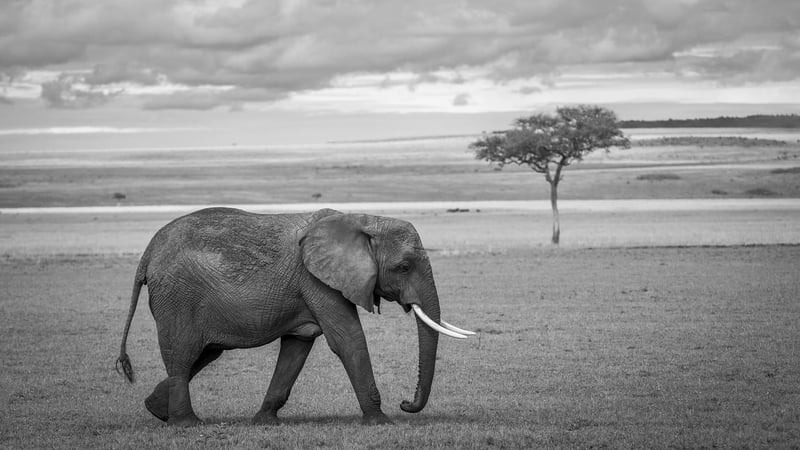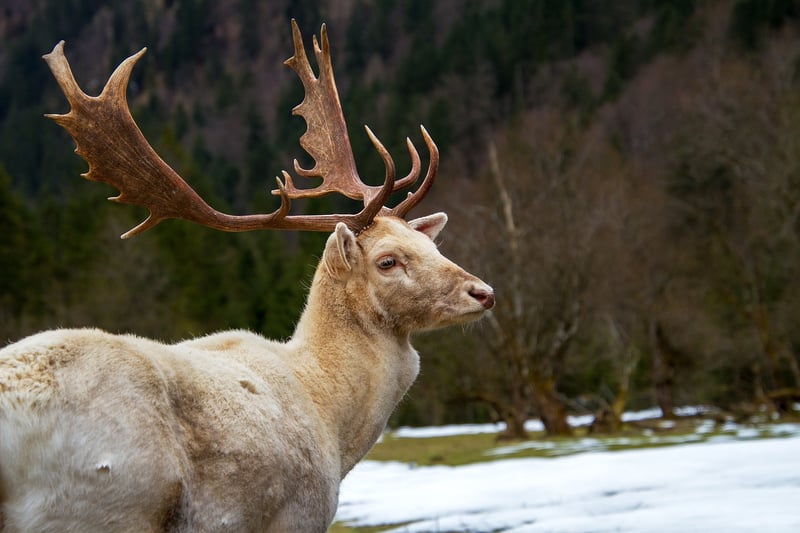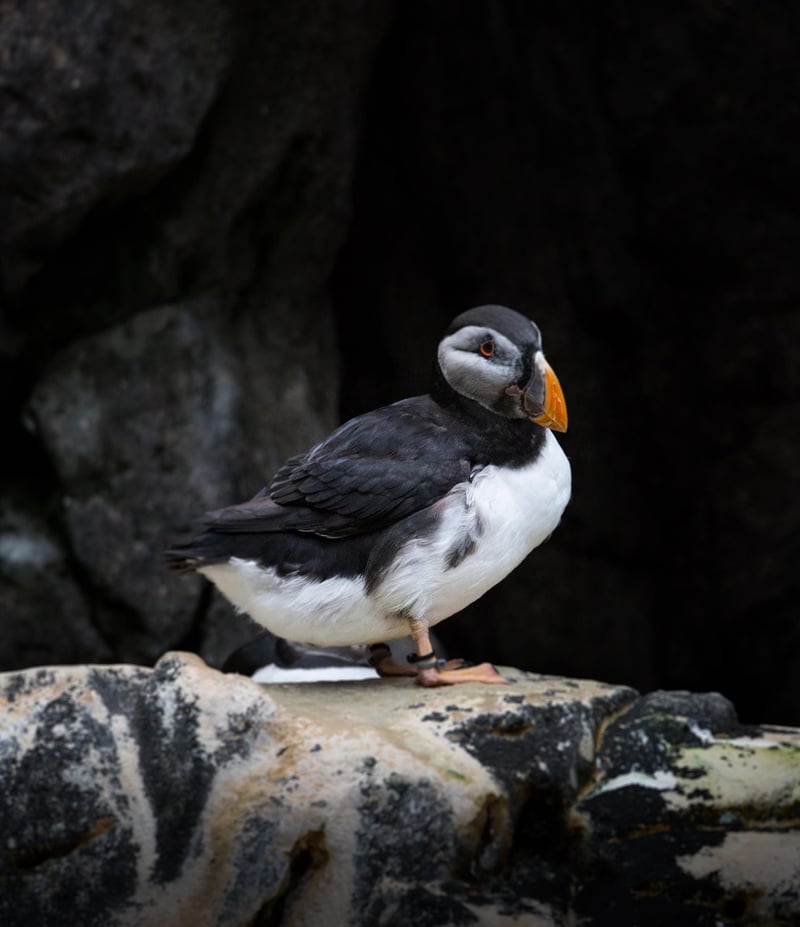Wildlife Sanctuary
Creating a Lush and Diverse Landscape + Wildlife Sanctuary
The Importance of a Wildlife Sanctuary
A wildlife sanctuary serves as a haven for various species, providing a safe refuge for animals to thrive in their natural habitat. By creating a wildlife sanctuary, we contribute to biodiversity conservation and help protect endangered species from extinction.
Designing a Lush Landscape
When designing a lush landscape for a wildlife sanctuary, it is essential to consider the following elements:
- Native Plants: Incorporate native plants to provide food and shelter for local wildlife.
- Water Features: Include ponds or streams to support aquatic life and offer drinking water for animals.
- Tree Canopy: Plant trees to create shade, nesting sites, and food sources for birds and mammals.
- Flower Gardens: Plant flowers to attract pollinators like bees and butterflies, enhancing biodiversity.
Creating a Diverse Wildlife Habitat
To promote a diverse wildlife habitat within the sanctuary, consider the following strategies:
- Habitat Zones: Create different zones like wetlands, grasslands, and forests to accommodate a variety of species.
- Wildlife Corridors: Establish corridors connecting different habitats to allow animals to move freely and access resources.
- Nesting Sites: Provide nesting sites for birds and sheltered areas for mammals to raise their young.
- Food Sources: Plant a variety of vegetation to ensure a year-round food supply for wildlife.
Visual Inspiration
Take a look at these images for inspiration on designing a lush and diverse landscape for your wildlife sanctuary:


Conclusion
By creating a lush and diverse landscape for your wildlife sanctuary, you provide a sustainable environment for a wide range of species to thrive. Remember to prioritize conservation efforts and maintain the balance of nature within your sanctuary.
Start planning your wildlife sanctuary today and make a positive impact on biodiversity conservation!
